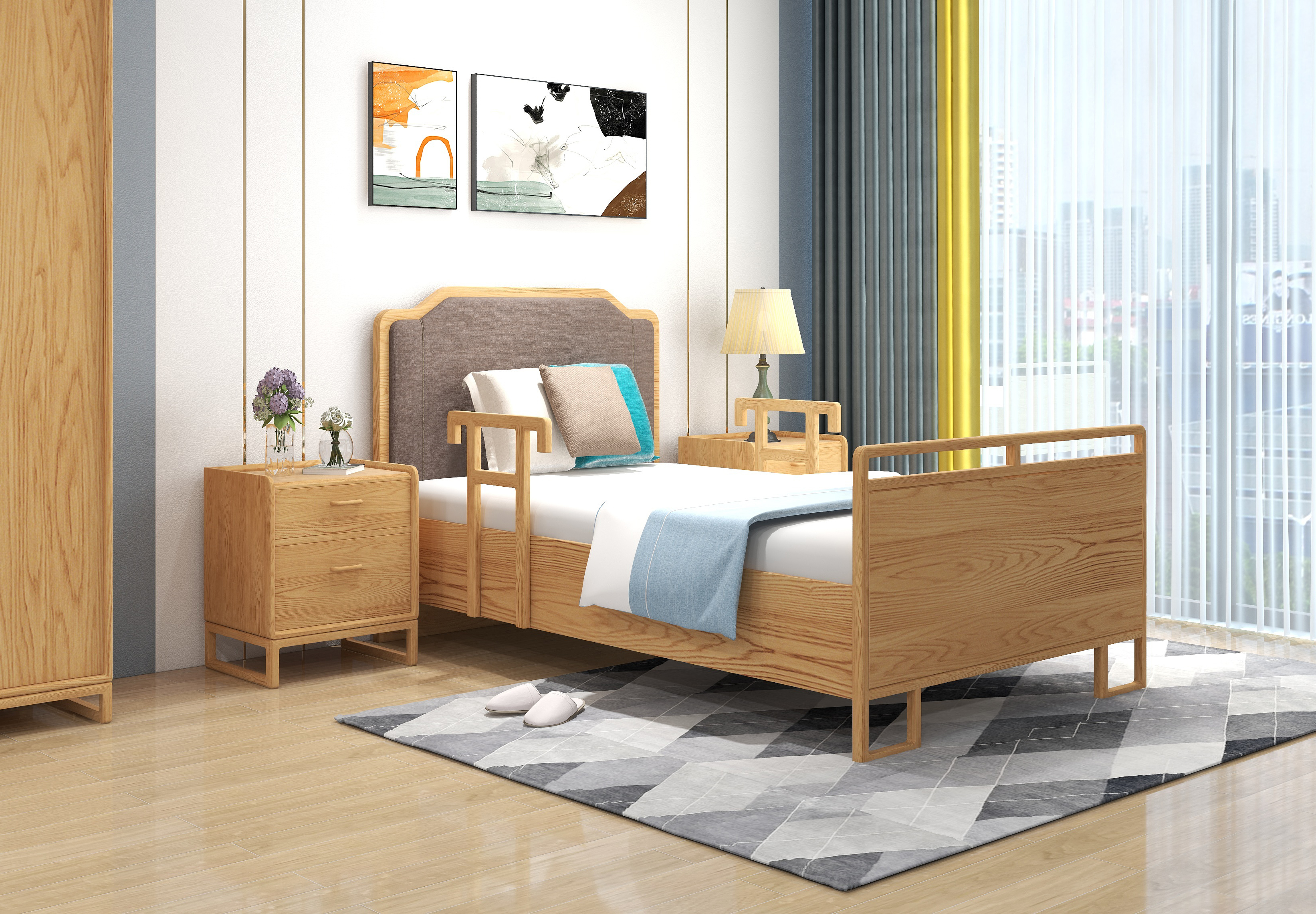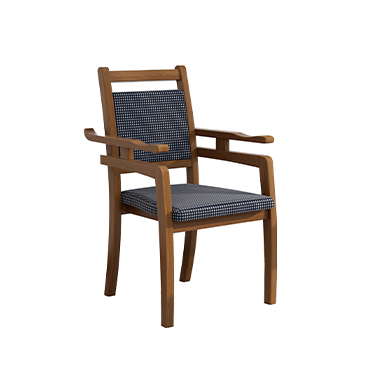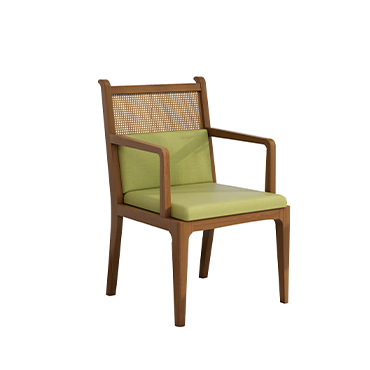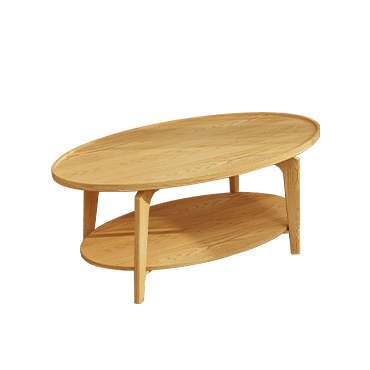Can Small Homes Be Senior-Friendly? Inspiration from Japan and Singapore
As urban living spaces shrink, small apartments have become a common reality for many families. At the same time, as populations age rapidly, the need for age-friendly home environments has become more urgent than ever.
But limited space doesn’t mean you have to sacrifice comfort, safety, or dignity in old age.
Countries like Japan and Singapore, known for their high-density urban living, offer valuable lessons in creating senior-friendly homes — even in compact spaces.
In this article, we explore how small homes can be transformed into practical, comfortable spaces for seniors, with insights drawn from the thoughtful designs of these two countries.
Learning from Japan: Precision in Details and Movement Flow
In Tokyo and Osaka, it’s common for older adults to live in apartments under 60 square meters. Japanese interior design meets this challenge by focusing on functional integration, seamless movement flow, and meticulous detail.
To start, living areas often feature foldable, movable, and multi-functional furniture.
Sofa beds with built-in storage, height-adjustable coffee tables, and armchairs with supportive handles make daily life easier while saving space.
In terms of layout, Japanese homes minimize sharp corners and emphasize open-plan designs that allow easy movement. Furniture is placed close to walls to leave a clear path for walking. Essential items such as light switches, phones, and remote controls are kept within arm’s reach, reducing the need for bending or walking around unnecessarily.
For kitchens and bathrooms, Japanese homes apply practical solutions like pull-down wall cabinets, low-height storage, non-slip flooring, and seated shower areas. These features ensure both safety and independence, even in small spaces.
Learning from Singapore: Policy Support and Community-Based Design
Singapore is one of the world’s most densely populated countries, and many elderly residents live in government-built HDB flats, often between 40 to 60 square meters. Despite the limited space, Singapore has built a nationwide model of in-home aging and age-friendly housing design, thanks to proactive policies and community planning.
One core principle is reachability. Items are placed where seniors can access them without bending down or stretching up.
Wash basins are often designed for seated use, and kitchens avoid high cabinets. Everything is organized around ease and safety.
To further ensure a safe environment, the government offers grants for home upgrades. Seniors are encouraged to install non-slip flooring, grab bars, motion-sensor lights, and emergency call systems. Some bedrooms and bathrooms even include voice- or light-based alerts for nighttime safety.
Importantly, Singapore’s age-friendly design goes beyond the home. Neighborhoods often include activity centers, shared dining areas, and rehabilitation zones for seniors, allowing them to socialize, stay active, and maintain a sense of community — even if their own home is small.
Three Key Principles for Making Small Homes Senior-Friendly
From Japan’s minimalist ingenuity to Singapore’s comprehensive public policies, we can draw three universal takeaways for making small homes better for seniors:
First, functional integration. Use multi-purpose furniture and smart storage to make the most of limited space.
Second, smooth movement flow. Simplify layout and ensure clear walking paths to reduce fall risks.
Third, ease of use. Keep frequently used items at waist or eye level, avoiding actions that require bending, climbing, or excessive reaching.
Conclusion: A Small Home, Built with Care, Can Still Feel Big
Senior-friendly design isn’t about how big your space is — it’s about how thoughtfully it’s used.
Creating a safe and comfortable home for aging doesn’t require luxury, but it does require intention.
Whether it’s Japan’s refined details or Singapore’s integrated systems, the message is the same: when you put people’s needs at the center, even a 30-square-meter apartment can feel like a secure and dignified home.
If you’d like more practical tips — such as how to choose senior-friendly furniture for small spaces, or how to budget for an age-friendly home — stay tuned to our updates. We’re here to help you design better aging environments, one space at a time.





